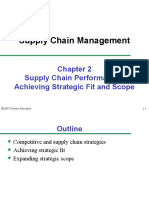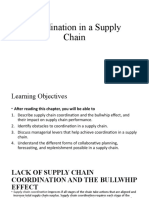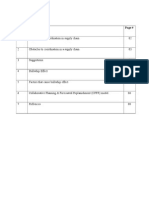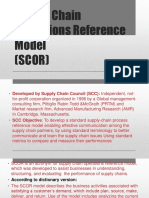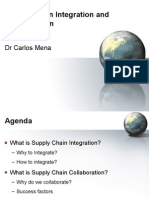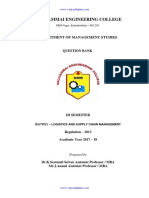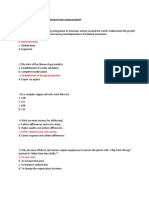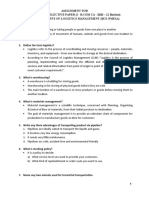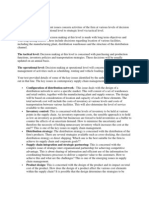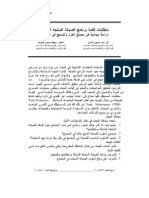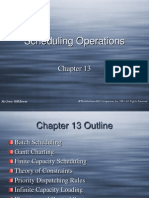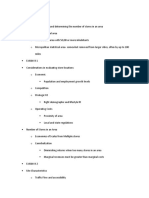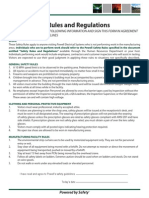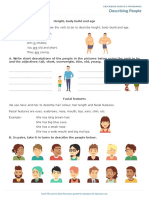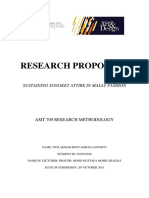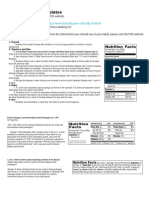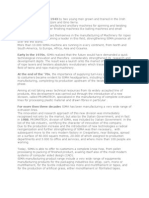Supply Chain Management
Chapter 10
McGraw-Hill/Irwin
The McGraw-Hill Companies, Inc. 2007, All Rights Reserved
�Chapter 10 Outline
Definitions and Terminology System Interactions Coordination in Supply Chain Measuring Supply Chain Performance Supply Chain Strategies Structural Improvement Improvement in Infrastructure The Internet and Supply Chains Virtual Supply Chains
10-2
�Definitions and Terminology
Supply Chain Supply Chain Management Distribution Channel Demand management Logistics management
10-3
�Supply Chain
The sequence of business processes and information that provides a product or service from suppliers through manufacturing and distribution to the ultimate consumer.
10-4
�Supply Chain Management
Planning, design, and control of the flow of information and materials along the supply chain in order to meet customer requirements in an efficient manner, now and in the future.
10-5
�Distribution Channel
The route from the producer forward through the distributors to the customer
10-6
�Demand Management
Managing the demand for goods or services along the supply chain. Demand can be managed through such mechanisms as products, pricing, promotion, and distribution.
10-7
�Logistics Management
If broadly defined, it is the same as supply chain management. Narrowly defined, logistics management is concerned with inbound transportation and outbound distribution.
10-8
�A Typical Supply Chain
10-9
�System Interactions
(System Dynamics in Supply Chains)
Supply chain is a highly interactive system. Decisions in each part of the chain affect the other parts. There is an accelerator (bull whip) effect The best way to improve a supply chain is to reduce the total replenishment time and to feed back actual demand information to all levels.
10-10
�Widget Example (Figure 10.2): Retail Level
10-11
�Widget Example (Figure 10.2): Wholesale Level
10-12
�Widget Example (Figure 10.2): Factory Level
10-13
�Coordination in the Supply Chain
Need for coordination both within firms and across firms Supply chains must be managed across organizational boundaries. Parallel between supply chain and quality improvement
10-14
�Measuring Supply Chain Performance (1)
Deliveryon time delivery of entire orders. Quality
Customer satisfaction Customer loyalty
Time
Total replenishment time Cash to cash cycle
Days in inventory + days in accts receivable-days in accounts payable
10-15
�Measuring Supply Chain Performance (2)
Flexibility
Time to change volume or product mix by a certain percentage Maximum percentage of change in volume or product mix in fixed time perion
Cost
Total delivered cost Value added or productivity
10-16
�Supply Chain Strategies
Functional productscommodity-like
Efficient, low cost supply chain
Innovative products
Flexible, fast supply chain
Firms should sort their products and apply the appropriate strategies
10-17
�Structural Improvement
Basic Ways to Improve Supply Chain Structure:
Change structure
Capacity, Facilities, Process technology, vertical integration
Change infrastructure
People, Information systems, Organization, Production and inventory control, Quality control systems
10-18
�Forms of Structural Change in a Supply Chain
Forward and Backward Integration Major process simplification Changing the configuration of factories, warehouses, or retail locations Major product redesign Outsourcing logistics to a third party.
10-19
�Improvement in Infrastructure
Cross-functional teams Partnerships with suppliers and customers Set-up time reduction to reduce lot sizes Integrated information systems Cross-dockingkeeps goods out of the warehouses.
10-20
�The Internet and Supply Chains
Fundamental processes in supply chains:
Order placement Order fulfillment
e-Procurement and its types Potential problems with e-Procurement
10-21
�Processes for e-Procurement (Figure 10.3)
REQUEST
Requirement
Selection
Requisition
Approval
BUY Requisition Source Negotiate SUPPLY Confirm Process Order Ship PAYMENT Receive Deliver Match Pay Invoice Contract
10-22
�Types of e-procurement
On-line catalogs listing products, prices, etc. Third-part auctionsreverse auctions Private exchanges to connect suppliers
10-23
�Problems with e-procurement
Too much focus on technology; not enough on systems Insufficient concern about value to both partners Fragmented efforts within and across companies Record accuracy and data security issues
10-24
�Virtual Supply Chains
Virtual Companies:
Highly flexibleno fixed assets Successful in highly dynamic environment Made feasible by computers and the Internet May lead to hollow corporations or shell companies
Virtual Supply Chain consists of at least one virtual company that coordinates all activities of the supply chain
10-25
�Summary
Definitions and Terminology System Interactions Coordination in Supply Chain Measuring Supply Chain Performance Supply Chain Strategies Structural Improvement Improvement in Infrastructure The Internet and Supply Chains Virtual Supply Chains
10-26
�End of Chapter Ten
10-27


